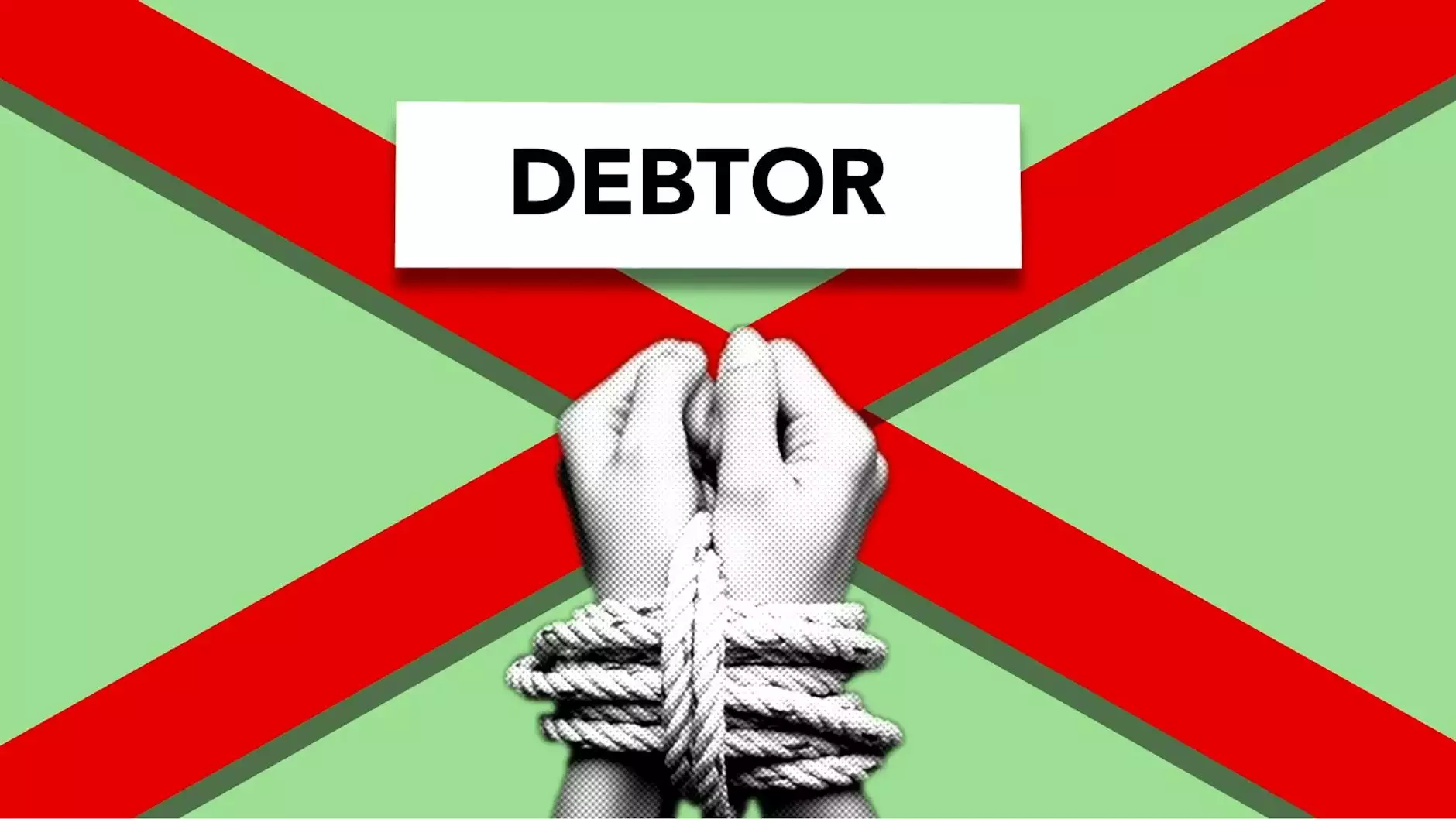Should You File for Bankruptcy? A Checklist

Are you facing overwhelming financial challenges and considering bankruptcy as a potential solution? The decision to file for bankruptcy should not be taken lightly, as it can have long-lasting implications on your financial and personal life. Social Service of America understands the complexities and uncertainties that come with this decision, and we are here to provide you with a comprehensive checklist to help you determine whether filing for bankruptcy is the right step for you.
1. Assess Your Financial Situation
Before making any decisions, it is crucial to evaluate your current financial circumstances. Take a close look at your income, expenses, assets, and debts. Determine whether your debts are manageable or if they are causing significant financial distress. Bankruptcy counseling can help you gain a clearer understanding of your financial situation and explore alternative options.
2. Understand Bankruptcy Options
Familiarize yourself with different types of bankruptcy, such as Chapter 7 and Chapter 13 bankruptcy. Each option has unique eligibility criteria, processes, and outcomes. Seek professional guidance from Social Service of America to understand the implications of each bankruptcy type based on your specific circumstances.
3. Consider Alternatives to Bankruptcy
Bankruptcy may not always be the most suitable or necessary solution. Explore alternative options like debt consolidation, negotiation, or credit counseling. These alternatives can provide relief without the long-term consequences of bankruptcy. Our experienced counselors can guide you through these options and assess their viability in your situation.
4. Evaluate the Impact on Your Credit
Bankruptcy has a significant impact on your credit score and financial history. While it can provide immediate relief from debt, it may affect your ability to obtain credit in the future. Understand the potential consequences and consider the long-term implications of bankruptcy on your creditworthiness.
5. Gather Relevant Financial Documents
Before initiating the bankruptcy process, ensure that you have all the necessary financial documents accessible. This may include income records, tax returns, debt statements, asset valuations, and other supporting documentation. Organizing these documents will streamline the filing process and facilitate accurate representation of your financial situation.
6. Seek Professional Assistance
Expert guidance is crucial when deciding on bankruptcy. Consult with a licensed bankruptcy counselor or attorney who specializes in bankruptcy cases. These professionals possess the knowledge and expertise to navigate the complex legal processes and help you make informed decisions that align with your best interests.
7. Understand the Legal Process
Bankruptcy involves legal procedures and paperwork. Educate yourself about the steps involved in filing for bankruptcy, attending court hearings, and meeting legal requirements. Being well-informed about the process will empower you to actively participate and avoid potential pitfalls along the way.
8. Evaluate the Benefits and Consequences
Weigh the potential benefits and consequences of filing for bankruptcy. While it can provide relief from unmanageable debt, it also carries long-term impacts. Consider factors such as the discharge of debt, potential asset liquidation, budgeting requirements, and the impact on your financial future.
9. Determine Eligibility and Means Test
Based on your financial circumstances and the type of bankruptcy you are considering, evaluate your eligibility. Some bankruptcy options have eligibility criteria and means tests to determine your ability to repay debts. Understanding these aspects before proceeding will help you make an informed decision.
10. Develop a Repayment Plan (If Applicable)
If you decide to pursue Chapter 13 bankruptcy, you will need to develop a repayment plan. This plan outlines how you will repay your debts over a designated period. Seeking guidance from Social Service of America will ensure that your repayment plan is comprehensive, feasible, and aligned with bankruptcy regulations.
Conclusion
Deciding whether to file for bankruptcy is a complex process that requires careful consideration and expert advice. Our comprehensive checklist has provided you with essential factors to evaluate before making a decision. However, please remember that this checklist serves as a starting point and should not replace personalized guidance. For reliable and professional bankruptcy counseling services, turn to Social Service of America to help you navigate through this challenging time and make the best decisions for your financial future.









